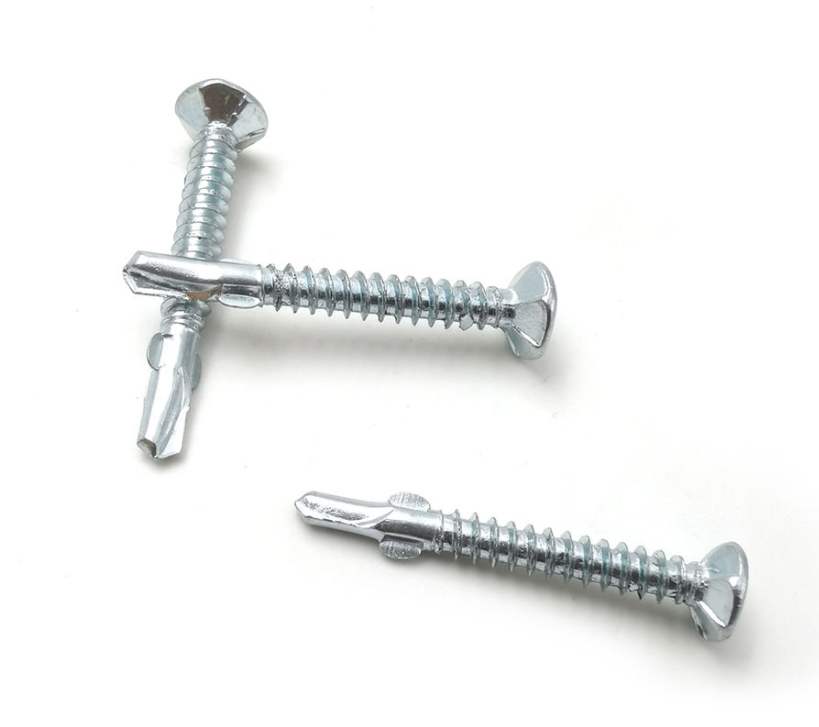best screw distance drywall
The Best Screw Distance for Drywall Installation
When it comes to drywall installation, one of the most crucial yet often overlooked details is the distance between screws. The spacing of screws ensures that the drywall is securely anchored to the framing, minimizing the risk of sagging, warping, or cracking. Not only does proper screw distance enhance the structural integrity of the drywall, but it also plays a vital role in achieving a professional finish. In this article, we will explore the best practices for screw distance in drywall installation, helping both DIY enthusiasts and professionals achieve optimal results.
Understanding Drywall and Its Needs
Drywall, also known as gypsum board or plasterboard, is a widely used material in both residential and commercial construction. It is composed of a gypsum core sandwiched between two layers of heavy paper. The lightweight nature of drywall makes it easy to install, but it also means that proper anchoring is essential to ensure durability.
When installing drywall, it is important to consider the size of the sheets being used, as well as the framing behind them. Standard drywall sheets typically come in lengths of 4 feet by 8 feet, although they can be found in various sizes. The framing is usually made of wood or metal studs spaced either 16 or 24 inches apart.
Recommended Screw Spacing
For optimal results, drywall screws should be placed at specific intervals. The general guideline is to position screws every 12 inches along the edges of the drywall sheets and every 16 inches in the field (the area away from the edges). This spacing helps to evenly distribute the load and maintain the integrity of the drywall.
- Edges The edges of drywall sheets are more prone to movement and should be secured more closely. By placing screws every 12 inches along the edges, you ensure that the drywall is firmly attached to the framing, reducing the likelihood of cracking at the joints.
- Field In the field of the drywall sheet, where the surface is more stable, screws can be spaced approximately 16 inches apart. This spacing is sufficient to secure the board without wasting screws or time.
best screw distance drywall

Tips for Installation
1. Use the Right Length of Screw Selecting the appropriate screw length is vital for effective drywall installation. Generally, 1 1/4-inch screws are used for half-inch drywall, while 1 5/8-inch screws work well for 5/8-inch drywall. The screw should penetrate at least 1 inch into the framing for optimal holding power.
2. Positioning When driving screws, make sure they are slightly recessed into the drywall surface – approximately 1/16 inch. This slight indentation allows for easy finishing and helps avoid surface imperfections.
3. Avoid Overdriving Care must be taken not to overdrive the screws into the drywall. Overdriven screws can damage the paper surface of the drywall, making it more challenging to finish seamlessly.
4. Check for Level After securing the drywall sheets, check for level and alignment. Properly aligned drywall not only ensures a professional appearance but also improves the overall stability of the wall.
5. Consider the Ceiling When hanging drywall on ceilings, it is advisable to reduce the screw spacing to 12 inches both along the edges and in the field to combat the additional weight and minimize the risk of sagging.
Conclusion
In summary, the best screw distance for drywall installation is crucial for ensuring a solid and lasting finish. By following recommended practices—spacing screws every 12 inches along the edges and every 16 inches in the field while using appropriately sized screws—you can achieve a durable and professional result. Remember to pay attention to detail, check your work regularly, and learn the nuances of drywall installation. With the right approach, you can create beautiful, sturdy walls that stand the test of time.
-
Top Choices for Plasterboard FixingNewsDec.26,2024
-
The Versatility of Specialty WashersNewsDec.26,2024
-
Secure Your ProjectsNewsDec.26,2024
-
Essential Screws for Chipboard Flooring ProjectsNewsDec.26,2024
-
Choosing the Right Drywall ScrewsNewsDec.26,2024
-
Black Phosphate Screws for Superior PerformanceNewsDec.26,2024
-
The Versatile Choice of Nylon Flat Washers for Your NeedsNewsDec.18,2024










